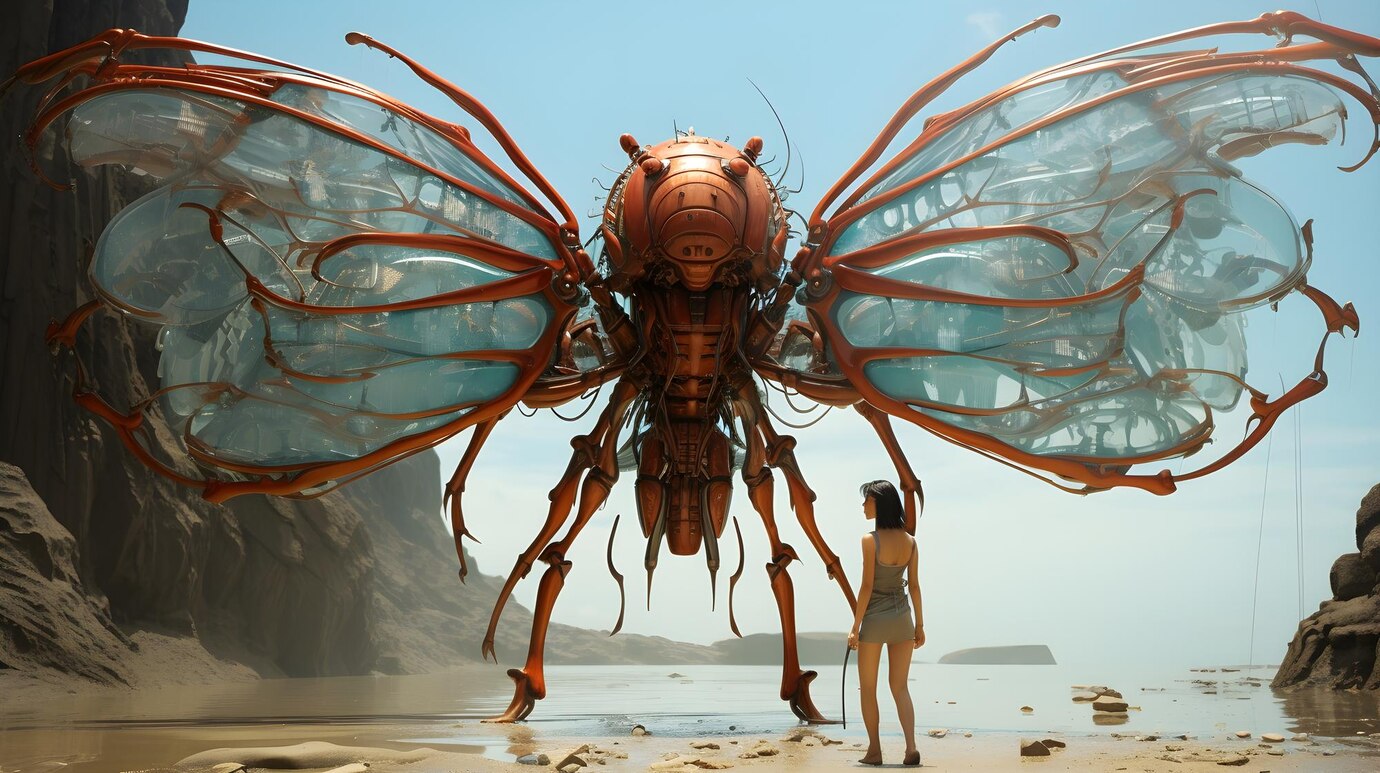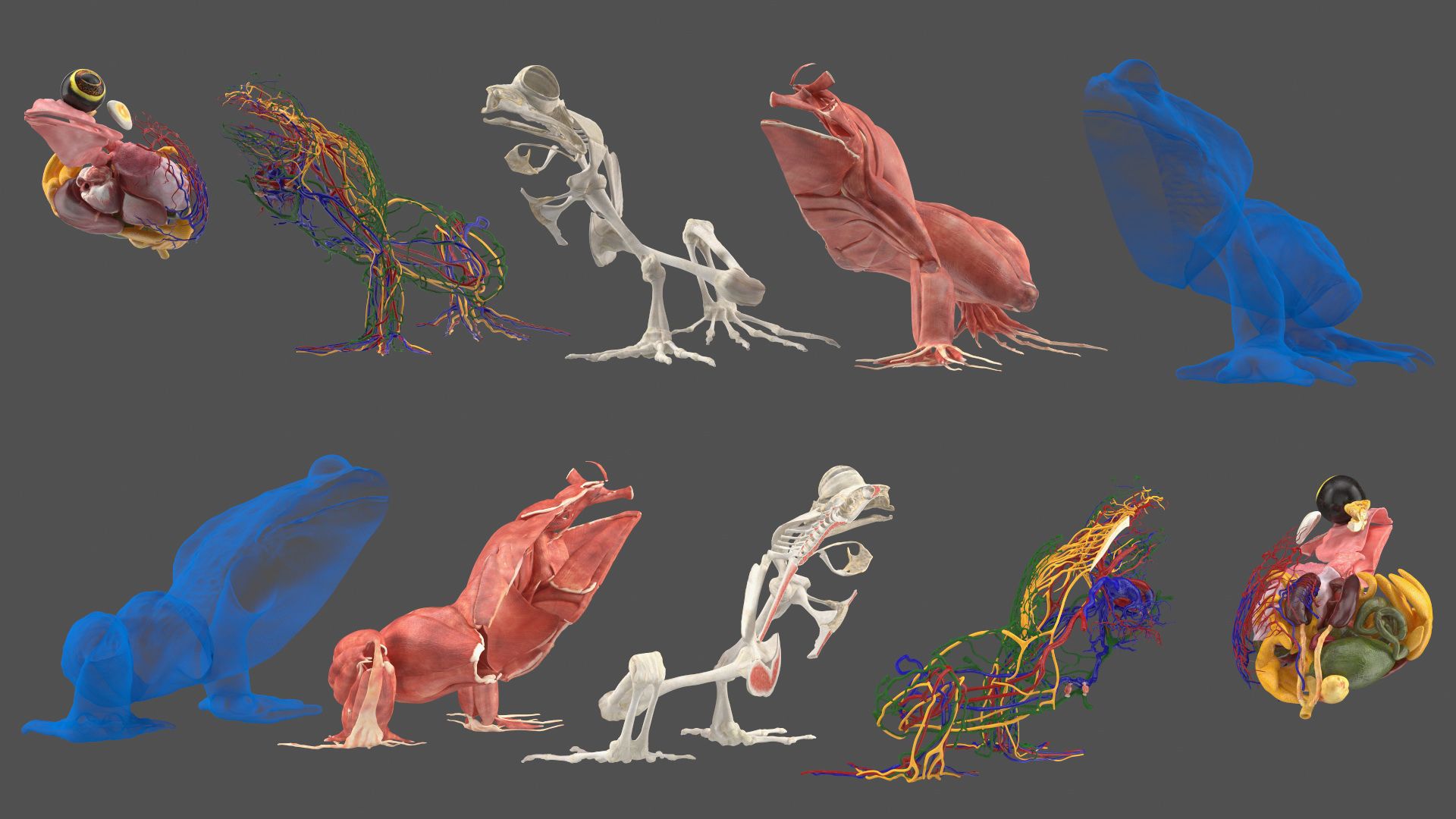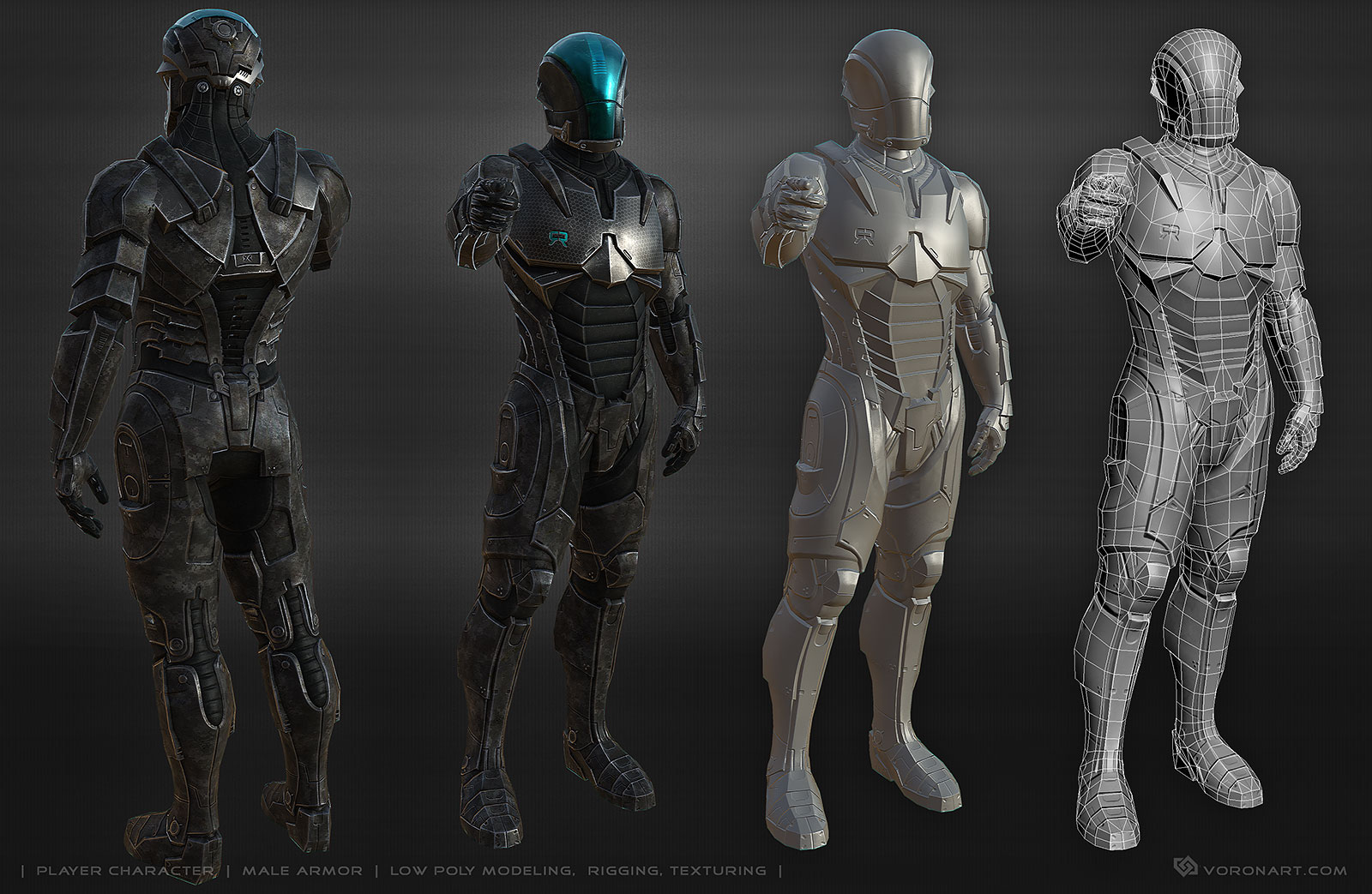
The Future of 3D Design: Trends to Watch Out For
Stepping into the realm of 3D design offers us a glimpse into a world where imagination knows no limits, and opportunities are boundless. As industries continue to embrace technological advancements, an entirely new dimension is being added to the canvas for designers, engineers, and creators. Let us delve into the avant-garde and surging trends shaping the future of 3D design.
Integration of Artificial Intelligence and Machine Learning:
Artificial Intelligence (AI) and Machine Learning are playing a paramount role in transforming the 3D design landscape. Advanced algorithms are being employed to automate design techniques and procedures, making design endeavors swifter, more efficient, and less error-prone. In the future, these AI-powered tools will enable designers to generate various 3D design options based on some basic input parameters, thereby assisting in information-driven decision-making.
Immersive Design Experiences with Virtual Reality:
Virtual Reality (VR) is reshaping design processes by creating immersive experiences, thereby increasing design depth and effectiveness. VR allows designers to visualize and interact with their creations in a real-world-like environment. This capability will be invaluable in areas such as architectural design, industrial design, and video game design, where the real-world experience of the design can be critical to its success.

Hybrid Modelling:
Hybrid modelling, the integration of direct and parametric modelling, continues to challenge traditional design techniques. It offers a less rigorous approach to modelling, increasing flexibility and allowing for easy alterations. With hybrid modelling, it is feasible to manipulate and change designs during any stage of their creation, making it a trend to watch in the coming years.
3D Printing and Rapid Manufacturing:
3D printing has come a long way from its infancy and has brought about an industrial revolution in design and manufacturing. It allows designers to create complex structures effortlessly, thereby reducing both production times and costs. As advancements in 3D printing technology accelerate, it will be pivotal in facilitating rapid manufacturing, prototyping, and testing of designs.
Generative Design:
Generative design is a radical innovation that uses computational algorithms to reformulate design problems. This technique gives birth to a multitude of design alternatives and helps designers optimize their creations based on defined constraints and objectives. As Generative design becomes mainstream, it is set to revolutionize the way we approach and perceive design.
Pushing Boundaries with Biofabrication:
The fusion of design and biotechnology has unlocked new prospects in 3D design. Biofabrication leverages cutting-edge technologies and living organisms to create design products and materials that are environmentally sustainable and customizable. This evolutionary approach has shown promise in industries such as fashion, manufacturing, and medicine, and it’s an up-and-coming trend to keep an eye on.

Eco-conscious Design:
As industries become more environmentally conscious, sustainable and eco-friendly design practices are emerging as crucial factors. Designers are optimizing their designs for minimal material usage, recyclability, and energy-efficiency. In the future, eco-friendly design will no longer be an option but a necessity.
With these trends on the horizon, it’s clear that the future of 3D design is set to be an exciting journey of innovation, creativity, and endless possibilities. Now, more than ever, is the time for professionals and enthusiasts alike to harness the power of technology, and dive headfirst into the depth of this new design age. While we celebrate the leaps and bounds that have brought us here, let’s eagerly look forward to the unknown frontiers of 3D design that we have yet to explore.



